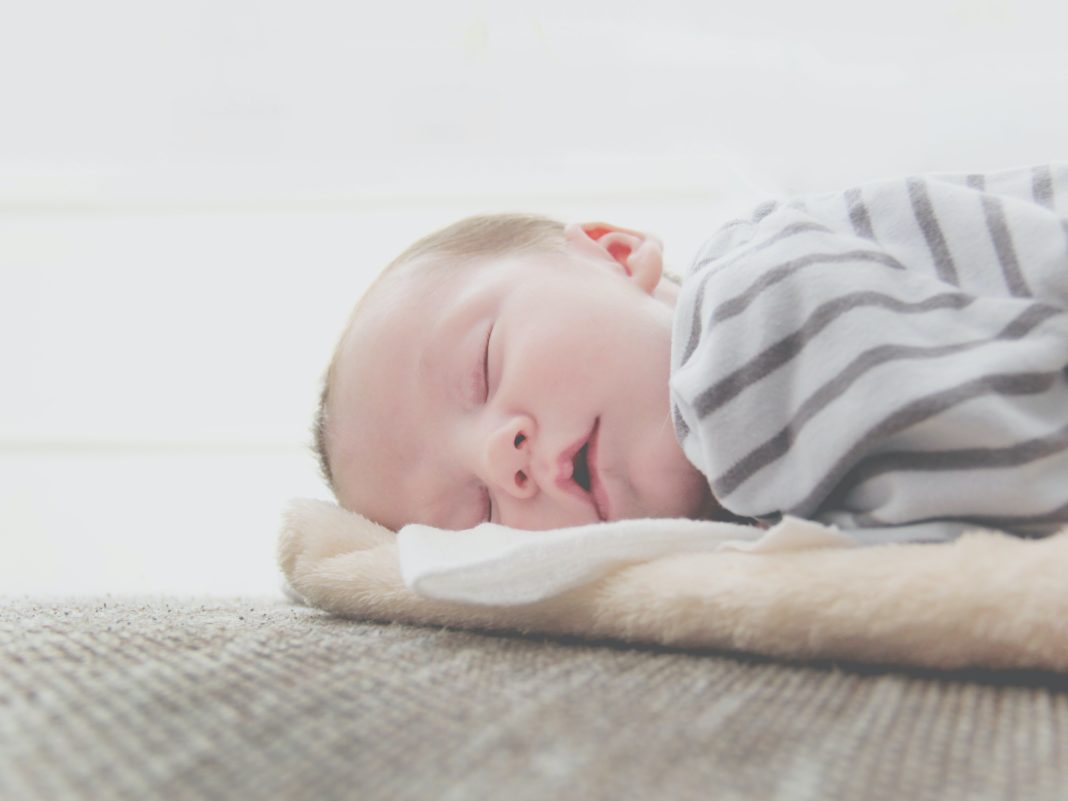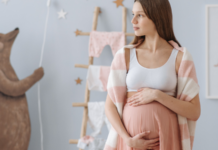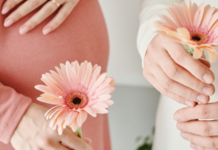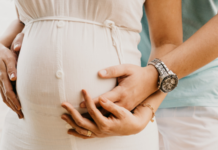Those of us who have experienced a responsible and present motherhood and fatherhood in every moment, even from the embryonic development of our baby, agree that one of the memorable and unforgettable moments is to enjoy watching our little one sleep.
Many of our grandparents used to say that they are being lulled by Angels and even that they are in God’s arms being lulled with a Lullaby.
Seeing how he smiles or makes different gestures with his face are images that are marked in our memory and who has not wondered :
What will he dream? Or if our baby is dreaming?
Faces of a baby’s dream
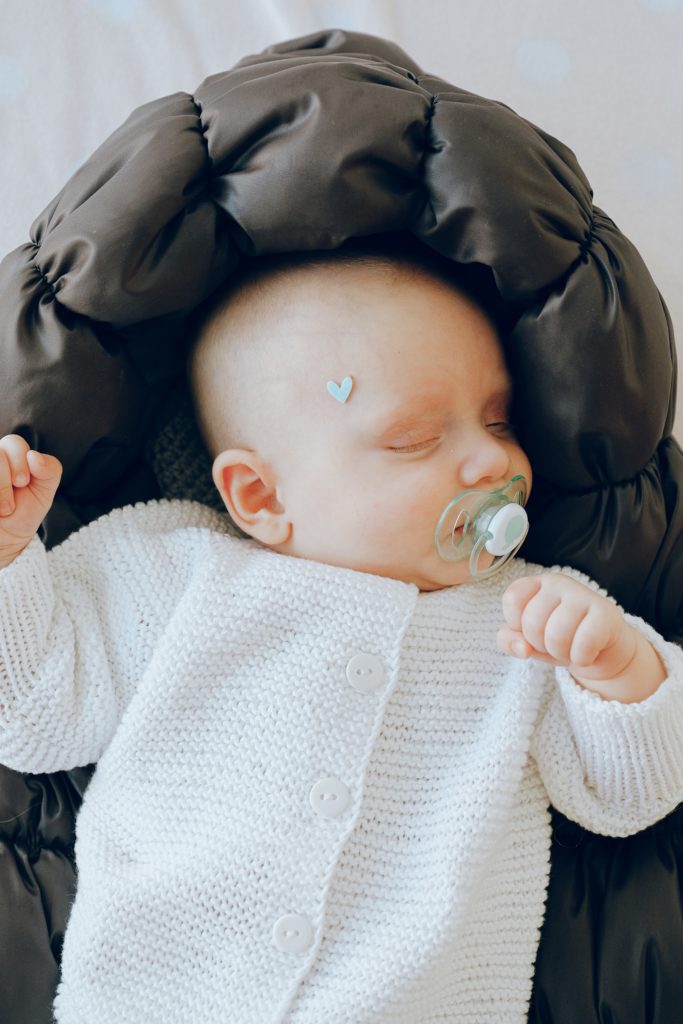
To be able to answer these questions, it is first necessary to understand how sleep works in our babies and for that we must know the phases of sleep, which are REM sleep (rapid eye movement) and the NREM phase or slow wave sleep.
The NREM phase is a transition from wakefulness to sleep with a duration of approximately 15 minutes of which only 5 minutes are actual sleep. On the other hand, the REM phase is a phase of sleep in which the brain is very active.
And is that, unlike adults who have 5 stages in their sleep phases, babies only have two as the sleep pattern of babies is different and we can classify them as follows:
⮚ The littlest ones first have REM sleep and then enjoy a deeper sleep and each cycle can last 60 minutes approximately each. And they sleep for 3 to 4 hours as they wake up to satisfy their need to eat. This will occur during the first 3 months of life and in this phase the baby’s brain will develop and mature.
⮚ From 3 to 8 months the process is reversed and the baby will not enter the REM phase directly so it will be more vulnerable to any noise or movement that will wake it up.
⮚ From 8 to 24 months the little ones acquire all the phases of sleep gradually and will wake up less frequently each time.
So, do babies dream?
According to some studies it has been concluded that babies dream while they sleep, even from the womb. Their dreams are probably simple, based on simple memories, without the ability to clearly distinguish a sequence of images like adults.
Even these studies have concluded that until 18 months babies will distinguish between dream and reality since babies before 18 months will not be able to differentiate whether they are dreaming or living a reality. Although there is no possibility of knowing that they are dreaming.
Perhaps some gestures on the baby’s face can give away if the dream is pleasant or not, we could say that the baby is dreaming if he smiles and moves his arms and legs abruptly while sleeping.
These studies have determined the possibility that babies dream with day to day experiences, therefore it is recommended a calm, quiet and quiet environment without noises that may disturb the baby while sleeping thus avoiding nightmares, rather it is recommended to create an environment for the baby’s dreams are pleasant.



